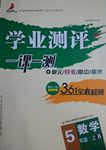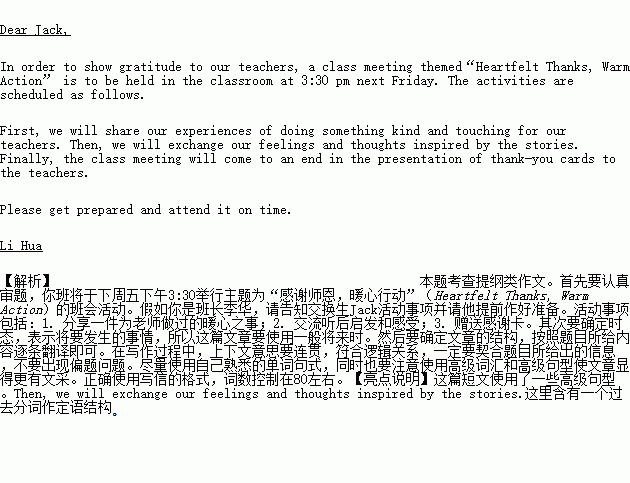ĚâÄżÄÚČÝ
Äă°ŕ˝«ÓÚĎÂÖÜÎĺĎÂÎç3:30ľŮĐĐÖ÷ĚâÎŞˇ°¸Đлʦ¶÷Ł¬ĹŻĐÄĐжŻˇ±Ł¨Heartfelt Thanks, Warm ActionŁ©µÄ°ŕ»á»î¶ŻˇŁĽŮČçÄăĘǰ೤ŔŁ¬Çë¸ćÖŞ˝»»»ÉúJack»î¶ŻĘÂĎÇëËűĚáÇ°×÷şĂ׼±¸ˇŁ
»î¶ŻĘÂĎî°üŔ¨Łş
1. ·ÖĎíŇ»ĽţÎŞŔĎʦ×öąýµÄĹŻĐÄÖ®ĘÂŁ»
2. ˝»Á÷ĚýşóĆô·˘şÍ¸ĐĘÜŁ»
3. ÔůË͸ĐĐ»ż¨ˇŁ
עŇ⣺
1. ´ĘĘý80×óÓŇŁ»
2. żÉĘʵ±ÔöĽÓϸ˝ÚŁ¬ŇÔĘąĐĐÎÄÁ¬ąáŁ»
3. żŞÍ·şÍ˝áβŇѸřłöŁ¬˛»ĽĆČë×Ü´ĘĘýˇŁ
Dear Jack,
____________________________________________________________________________________________
____________________________________________________________________________________________
____________________________________________________________________________________________
____________________________________________________________________________________________
____________________________________________________________________________________________
____________________________________________________________________________________________
____________________________________________________________________________________________
____________________________________________________________________________________________
____________________________________________________________________________________________
____________________________________________________________________________________________
_______________________________________________________________________________
Li Hua
 »îÁ¦żÎʱͬ˛˝Á·Ď°˛áϵÁĐ´đ°¸
»îÁ¦żÎʱͬ˛˝Á·Ď°˛áϵÁĐ´đ°¸ ѧҵ˛âĆŔŇ»żÎŇ»˛âϵÁĐ´đ°¸
ѧҵ˛âĆŔŇ»żÎŇ»˛âϵÁĐ´đ°¸
